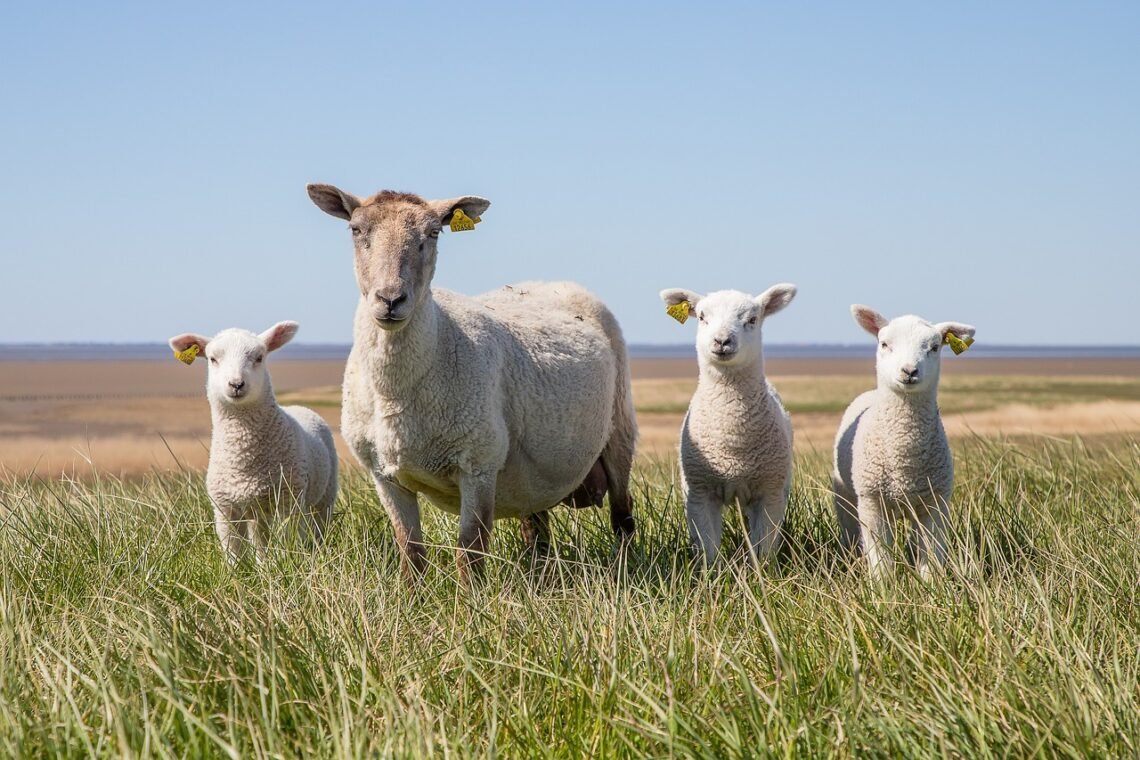
Pros and Cons of Living in Oregon vs Washington
Deciding between Oregon and Washington for your next home may seem like a daunting task, but fear not, as we have compiled a comprehensive list of the pros and cons to help make your decision easier. While both states offer breathtaking landscapes and a vibrant culture, there are key factors to consider such as climate, cost of living, and job opportunities. So, whether you dream of exploring the lush green forests and picturesque coastline of Oregon or prefer the bustling energy of Washington’s cities, we’ve got you covered. Join us as we weigh the pros and cons of living in Oregon versus Washington and assist you in making the perfect choice for your new adventure.
Table of Contents
ToggleCost of Living
Housing
When it comes to the cost of housing, both Oregon and Washington have their pros and cons. Oregon generally has a slightly higher cost of living compared to Washington, with housing prices that tend to be more expensive. However, it’s important to note that there are variations within each state, with some cities experiencing higher housing prices than others. Whether you prefer to rent or buy, it’s important to do your research and consider factors such as location, amenities, and commuting distance when looking for housing options.
Transportation
In terms of transportation, both Oregon and Washington offer efficient and convenient options. The major cities in both states have public transportation systems that include buses, light rail, and commuter trains, making it easy to navigate around urban areas without a car. Additionally, both states have well-maintained road networks, making driving a viable option for those who prefer the convenience of a personal vehicle. While traffic congestion can occur during peak hours in larger cities, overall, transportation in both states is reliable and accessible.
Utilities
When it comes to utilities such as electricity, water, and gas, both Oregon and Washington generally have reliable and well-maintained infrastructures. Both states prioritize energy efficiency and sustainability, with a focus on renewable resources. While utility costs can vary depending on factors such as the size of your home and usage patterns, residents in both states can expect to have access to essential utility services without significant challenges.
Taxes
Taxes can play a significant role in the overall cost of living, and both Oregon and Washington have their own tax structures. Oregon has a state income tax, which means that residents will need to factor in this additional expense. However, one advantage of living in Oregon is that it does not have a sales tax, which can help offset the income tax burden to some extent. On the other hand, Washington does not have a state income tax, which can be appealing to individuals looking to reduce their tax burden. However, it does have a sales tax that can impact the cost of goods and services. Overall, it’s essential to consider your individual financial situation and priorities when evaluating the tax implications of living in either state.
Climate
Weather Patterns
Both Oregon and Washington offer diverse and beautiful landscapes, which also means a varying climate across the states. In Oregon, you can experience a mix of coastal, mountainous, and desert climates. The western coastal areas tend to have mild, wet winters, and cooler summers due to the influence of the Pacific Ocean. In contrast, the eastern part of the state experiences a more continental climate, with hotter summers and colder winters.
In Washington, the climate also varies depending on the region. The western part of the state, particularly areas closer to the coast, experiences mild, damp winters and pleasant summers due to the marine influence. On the eastern side of the state, the climate is more arid, with hotter summers and colder winters, thanks to the rain shadow effect from the Cascade Mountains.
Rainfall
When it comes to rainfall, both states have areas that receive higher levels of precipitation. Oregon’s coastal regions, particularly the northwest part of the state, are known for their frequent rainfall, creating lush and green landscapes. In contrast, the eastern part of both Oregon and Washington tends to be drier, with areas experiencing desert-like conditions.
Temperature
As for temperatures, Oregon generally has milder winters compared to Washington, particularly in the western regions. However, both states can experience hot summers, especially in certain inland areas. The coastal regions of both states benefit from the cooling influence of the Pacific Ocean, making the summers more comfortable and the winters less severe than in interior parts.
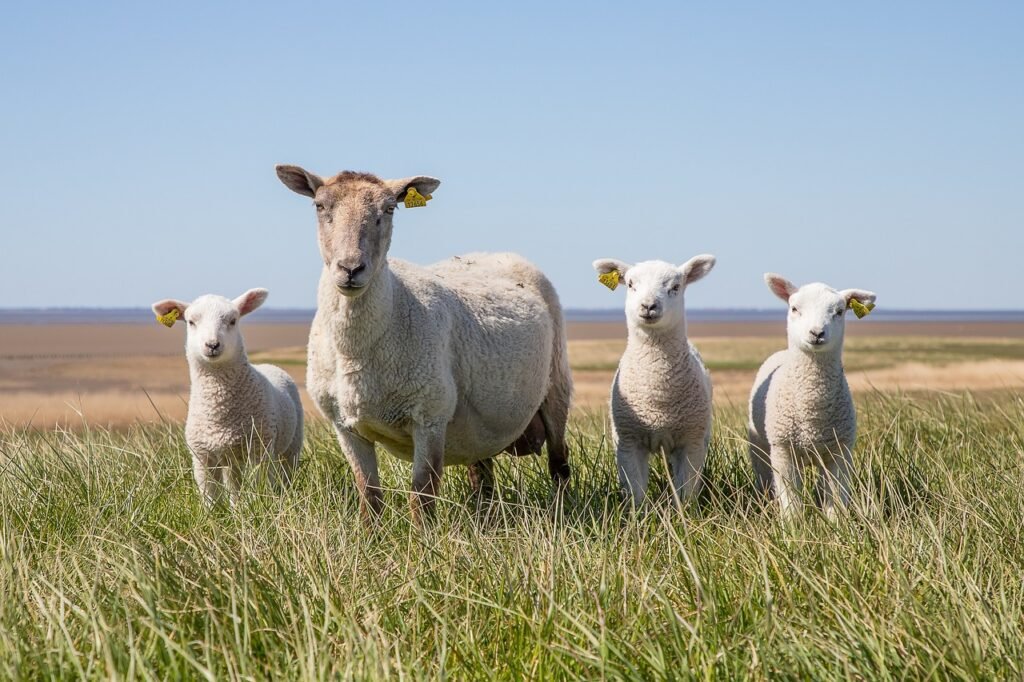
This image is property of pixabay.com.
Natural Beauty
Scenic Landscapes
Both Oregon and Washington boast breathtaking natural landscapes that offer unique and diverse experiences. Oregon is famous for its rugged coastline, with stunning cliffs, rocky shores, and beautiful sandy beaches. Inland, the state features picturesque mountains, including the iconic Mount Hood and the stunning Crater Lake, known for its vibrant blue waters.
Similarly, Washington offers a wide range of scenic landscapes. From the Olympic Peninsula’s lush rainforests and stunning coastal views to the magnificent peaks of the Cascade Range, including majestic Mount Rainier, nature enthusiasts will find their fair share of awe-inspiring sights.
Outdoor Activities
With their natural beauty, both states provide ample opportunities for outdoor activities. From hiking and camping in the picturesque national parks to fishing, boating, and swimming in crystal-clear lakes and rivers, outdoor enthusiasts will find themselves spoiled for choice in both Oregon and Washington. Both states offer a variety of recreational activities, with countless trails, parks, and outdoor spaces that cater to a range of interests and skill levels.
Job Opportunities
Industries
Both Oregon and Washington have vibrant and thriving economies, with diverse industries that offer ample job opportunities. Oregon is known for its robust technology sector, with many notable tech companies and startups calling the state home. Additionally, the state has a strong focus on sustainability, renewable energy, and outdoor industries, providing employment opportunities in these fields.
Washington, on the other hand, has a more diverse economy, with a strong presence in technology, aerospace, manufacturing, and agriculture. The state is home to major companies like Microsoft, Amazon, and Boeing, offering a wide range of job prospects in various sectors.
Unemployment Rates
As with any region, unemployment rates can vary over time and depend on various factors. It’s always essential to research the current economic climate before making any decisions. Historically, both Oregon and Washington have had unemployment rates that are generally similar to or slightly better than the national average. However, it’s worth noting that job market conditions can vary between different cities and regions within each state.
Wages
Wages can also play a crucial role in evaluating job opportunities and the overall cost of living. Both Oregon and Washington have higher minimum wages compared to the federal minimum wage, which can benefit workers. The exact wages can vary depending on factors such as job type, industry, and geographical location. It’s advisable to research specific wage information for your desired field and location to understand the earning potential.
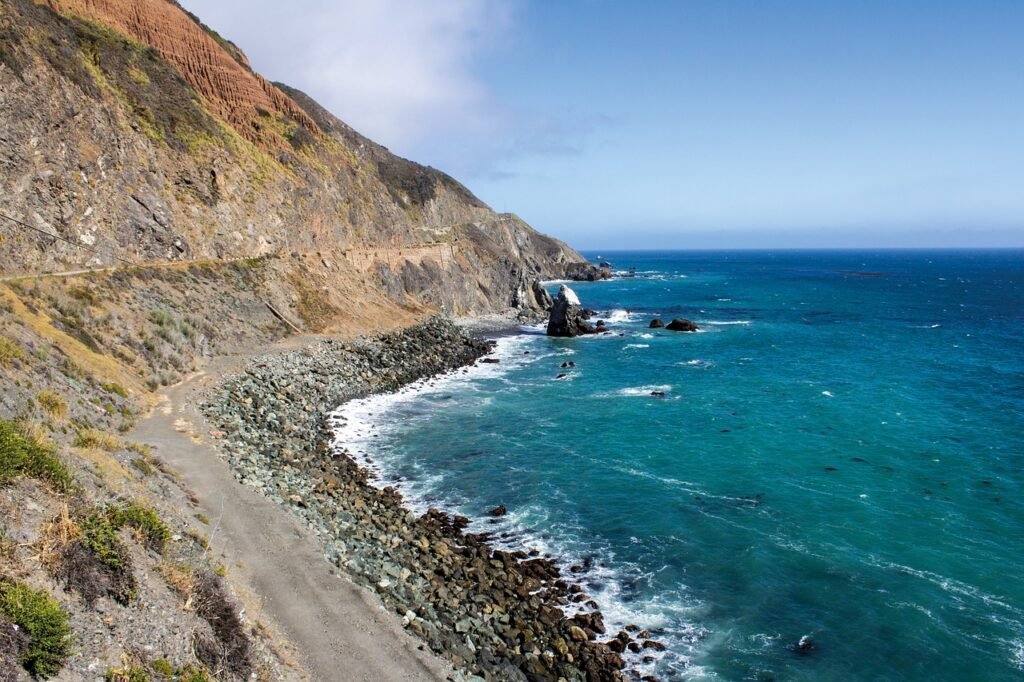
This image is property of pixabay.com.
Education
Quality of Schools
When it comes to education, both Oregon and Washington have established educational systems that strive for excellence. Public schools in both states generally offer quality education, with competent teachers and a variety of extracurricular activities. However, it’s important to note that there can be variations in school quality depending on the district and individual schools. Researching school ratings, test scores, and parent reviews can provide valuable information when choosing a location for your family.
Higher Education Institutions
Both Oregon and Washington are home to numerous esteemed colleges and universities. In Oregon, institutions like the University of Oregon, Oregon State University, and Portland State University are well-regarded for their academic programs and research opportunities. Similarly, Washington boasts renowned institutions such as the University of Washington, Washington State University, and Seattle University, offering a wide range of educational options.
Healthcare
Accessibility
Access to healthcare is an essential consideration when evaluating a place to live. Both Oregon and Washington have well-developed healthcare systems, with numerous medical facilities, clinics, and hospitals spread across the states. In urban areas, access to healthcare is generally more convenient, with a variety of options available. However, it’s important to consider healthcare accessibility in rural or remote areas, where access to specialized services may be more limited.
Quality of Hospitals
The quality of hospitals and healthcare facilities can vary within each state. However, both Oregon and Washington have reputable hospitals known for providing quality care. Many medical centers in larger cities have specialized departments and renowned doctors who can offer advanced treatments and medical expertise. Researching hospital rankings and patient reviews can help gauge the quality of care you can expect in different areas.

This image is property of pixabay.com.
Culture and Entertainment
Arts and Music Scene
Both Oregon and Washington have vibrant arts and music scenes that cater to a wide range of tastes. In cities like Portland, Oregon, and Seattle, Washington, you’ll find an abundance of art galleries, theaters, museums, and music venues. From the Oregon Symphony to Seattle’s lively music scene, there are plenty of opportunities to immerse yourself in cultural experiences and enjoy live performances.
Sports and Recreation
Sports enthusiasts will find plenty to enjoy in both Oregon and Washington. Oregon is home to various professional and college sports teams, including the Portland Trail Blazers in basketball and the Portland Timbers in soccer. Similarly, Washington boasts professional teams such as the Seattle Seahawks in football and the Seattle Mariners in baseball. For outdoor recreation, both states offer an abundance of opportunities, including hiking, skiing, biking, and water sports.
Population and Density
Size of Cities
Both Oregon and Washington have cities of varying sizes, offering different lifestyles and amenities. Oregon’s largest city, Portland, is known for its eclectic culture, vibrant food scene, and thriving arts community. Other notable cities in Oregon include Eugene, Salem, and Bend, each offering their own unique charm.
In Washington, Seattle stands as the largest and most populous city, bustling with job opportunities and a thriving urban culture. Other significant cities in the state include Spokane, Tacoma, and Bellevue, which offer a mix of urban amenities and natural beauty.
Population Growth
Population growth is a significant indicator of a state’s desirability and can impact various aspects of living, such as housing availability and commute times. Both Oregon and Washington have experienced population growth in recent years, driven by factors such as job opportunities, natural beauty, and quality of life. While population growth can bring economic benefits, it’s essential to consider the effect on infrastructure, traffic, and the overall character of a region.
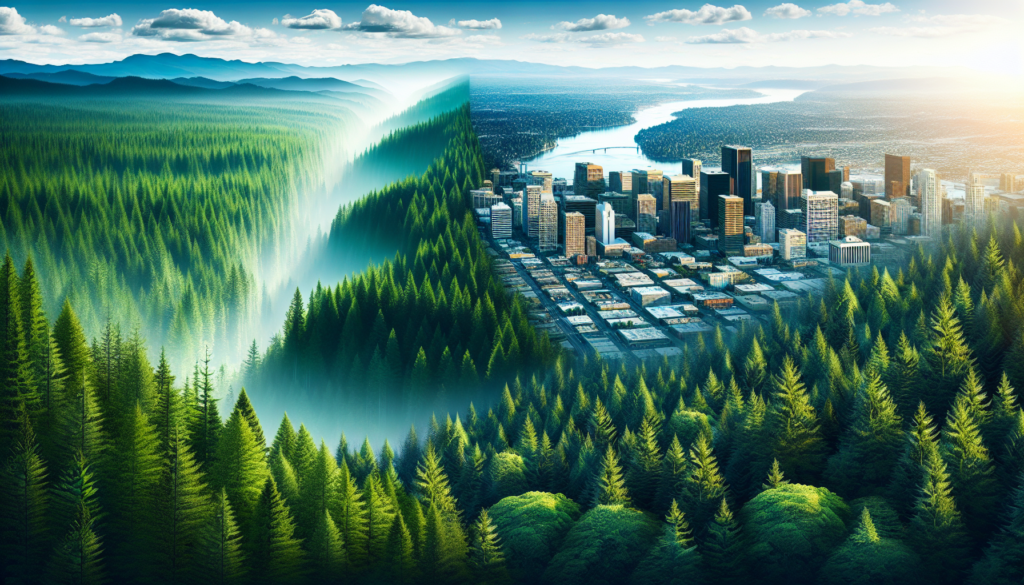
Commute
Traffic
As with any urban area, traffic congestion can be a concern in highly populated regions. Both Oregon and Washington have cities where rush hour traffic can be challenging, particularly during peak commuting times. Cities like Portland and Seattle can experience heavy traffic, leading to longer commute times. However, both states also offer practical alternatives such as carpool lanes, public transportation, and bike-friendly infrastructure that can help mitigate traffic-related frustrations.
Public Transportation
Public transportation systems in both Oregon and Washington are well-developed and provide viable options for commuting. In Portland, the TriMet system offers buses, light rail, and commuter trains, providing efficient and convenient transportation options around the city and the surrounding areas. In Seattle, the King County Metro Transit operates a comprehensive bus network, including the Link light rail, making it easier for residents to navigate through the city and its suburbs.
Safety
Crime Rates
Safety is a crucial aspect to consider when choosing a place to live. Both Oregon and Washington generally have low crime rates compared to the national average. However, it’s essential to research crime statistics at the city or neighborhood level, as crime rates can vary within each state. Urban areas may experience higher crime rates compared to suburban or rural regions, emphasizing the importance of understanding the safety situation of a specific area.
Natural Disasters
Both Oregon and Washington are known for their natural beauty, but this also means exposure to certain natural hazards. In terms of natural disasters, both states can experience earthquakes, wildfires, and occasional volcanic activity. While the risk of these events may vary depending on the region, it’s crucial to be aware of emergency preparedness and understand any potential risks associated with living in specific areas.
In conclusion, both Oregon and Washington offer unique opportunities and advantages for those considering a move to the Pacific Northwest. Whether it’s the natural beauty, job opportunities, cultural offerings, or educational options, both states have something to offer for individuals and families alike. However, it’s crucial to consider your personal priorities and preferences when evaluating which state is a better fit for you. Conduct thorough research, visit the areas you are interested in, and weigh the pros and cons to make an informed decision that suits your lifestyle and aspirations.
You May Also Like
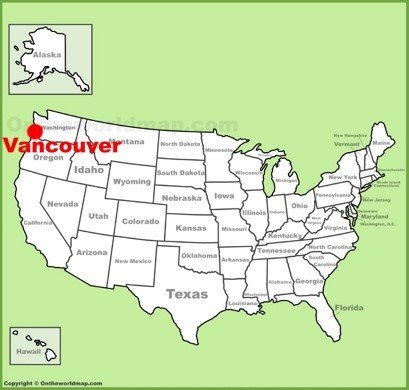
Where is Vancouver Washington
4 August 2023
Is Vancouver WA a suburb of Portland?
13 January 2024





